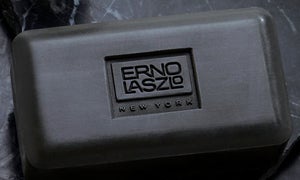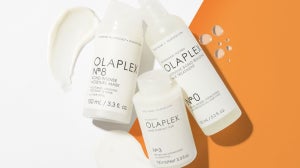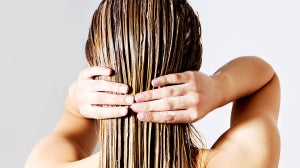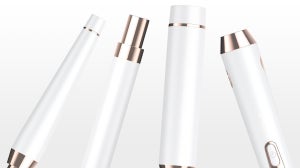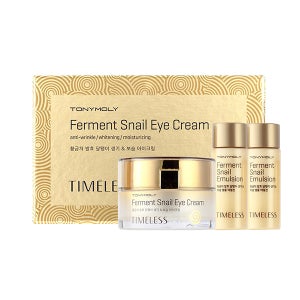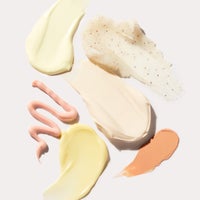
These days everyone is looking for a way to slow down the aging processes and since the Fountain of Youth has yet to be found, we all turn to the next best thing – SPF (Sun Protection Factor). Until recently, many individuals were a little unsure of what type of protection our SPF was providing. With the increased risk of skin cancer, we now realize that what we don’t know CAN hurt us, thus many have turned to their dermatologists or esthetician for education. Let’s begin with a basic understanding of how the sun can cause damage to our unprotected skin. Sunlight contains two types of ultraviolet radiation which can damage the skin, ultraviolet A (UVA) and ultraviolet B (UVB). UVA, known as the “aging” ray, can penetrate deeper into our skin and cause symptoms of premature aging such as wrinkles, hyperpigmentation and damaged collagen. It is believed that UVA is up to 20 times more abundant in sunlight than UVB rays. In addition, the UVA wave-lengths are longer, can pass through window glass and they are not affected by weather – in other words, they are active and present every day, all day – rain or shine! So – don’t be fooled, wear your SPF even on a cloudy day the UVA rays are just as harmful whether sunny or cloudy outside. UVB is known as the “burning” ray. The UVB rays are responsible for sunburns and increased melanin production (the cause of tanning). These rays are shorter and more intense than the UVA rays however; they can not pass through window glass. According to the Skin Cancer Foundation about 90% of non-melanoma skin cancers are linked with ultraviolet radiation exposure. UVB play’s a significant role in these statistics. In addition, unlike UVA rays, the intensity of the UVB rays can be affected by altitude and latitude thus, individuals may experience a higher level of exposure while in mountainous regions and near the equator. At SkinStore.com we offer a wide selection of SPF products. We have a variety of both chemical sunscreens and physical sun blocks. Chemical sunscreens use synthetic compounds to filter the sunlight by absorbing them before they can do any harm. Some active ingredients in chemical sunscreens are octylcrylene, avobenzone, octinoxate, octisalate, oxybenzone and Mexoryl, the ingredient in Anthelios SX. Mexoryl was approved as recently as 2006 by the FDA for protection against UVA and UVB rays. Chemical sunscreens are fantastic because they absorb very easily into the skin, which is a big plus for an oilier skin type however, they might not be suited for sensitive or allergy prone skin types. Physical sun blocks provide a barrier on the skin deflecting sunlight off the surface similar to the way a mirror would reflect light. The most common ingredients in a physical sun block are titanium dioxide and zinc oxide. While both provide great protection to UVA and UVB rays, individual preference may include consideration factors such as consistency and physical attributes of the ingredients. SPF labels–we have all seen one right? So what do they mean?…in short, SPF labels are our guide for understanding a sunscreens capacity for protecting our skin from sun damage. The higher the SPF, the greater the amount of UVB rays are blocked – though no sunscreen will block 100% of the UVB rays, an SPF50 can block up to 98% of those harmful rays! The SPF level also helps to determine the amount of time we can be in the sun while remaining protected. For example, if you normally begin to turn pink after 10 minutes of being in the sun with out sunscreen, an SPF 15 may protect your skin for up to 2.5 hours before you may experience sunburn. Remember, the Skin Cancer Foundation recommends that sunscreens be applied 30 minutes before exposure to the sun with reapplication at least every two hours – the active ingredient in most sunscreens breaks down quickly, leaving your skin unprotected. Better to be safe than sorry, right?! La Roche Posay offers a fabulous broad-spectrum protection product called Anthelios 60 Ultra Light Sunscreen Fluid. They have created a synergistic combination called Cell-ox Shield which is high efficacy sun filters and powerful anti-oxidants to further protect your skin. So you’re not only protecting your skin from external harm, you’re promoting internal health as well. One of my personal favorites is the Colorescience Pro Sunforgettable Mineral Sun Protection Brush SPF 50-Medium. It’s great because I can toss it my purse and do touch-ups through out the day, right on top of my make-up. It’s also a physical block with 12.45% active titanium dioxide and 9.80% zinc oxide, with complete transparency and mattifing mineral powder. Not only that, but it also contains a blend of six powerful, active wrinkle relaxing and anti-aging peptides and neuropeptides! What more could a girl ask for!? Okay…maybe if this also made me ten pounds lighter it would be every girl’s dream come true. Source: The Skin Cancer Foundation. For more information about skin cancer visit The Skin Cancer Foundation website.

